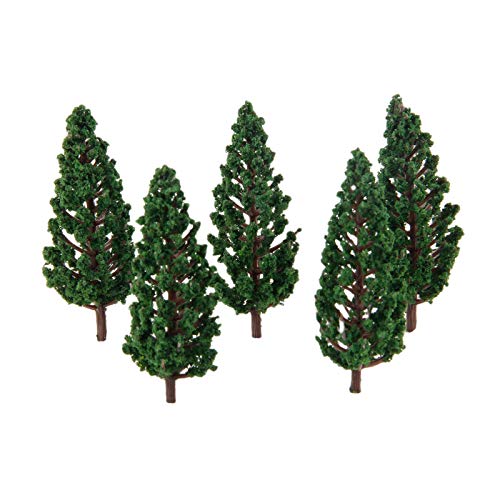From July 7, 2024 forward, please post comments discussing St. Paul, Milwaukee, Chicago (TCMC) second daily service here. For previous posts regarding St. Paul, Milwaukee, Chicago (TCMC) second daily service, please refer to this thread, which is currently locked:
https://www.amtraktrains.com/threads/st-paul-milwaukee-chicago-tcmc-second-daily-service.80803/
https://www.amtraktrains.com/threads/st-paul-milwaukee-chicago-tcmc-second-daily-service.80803/



























































